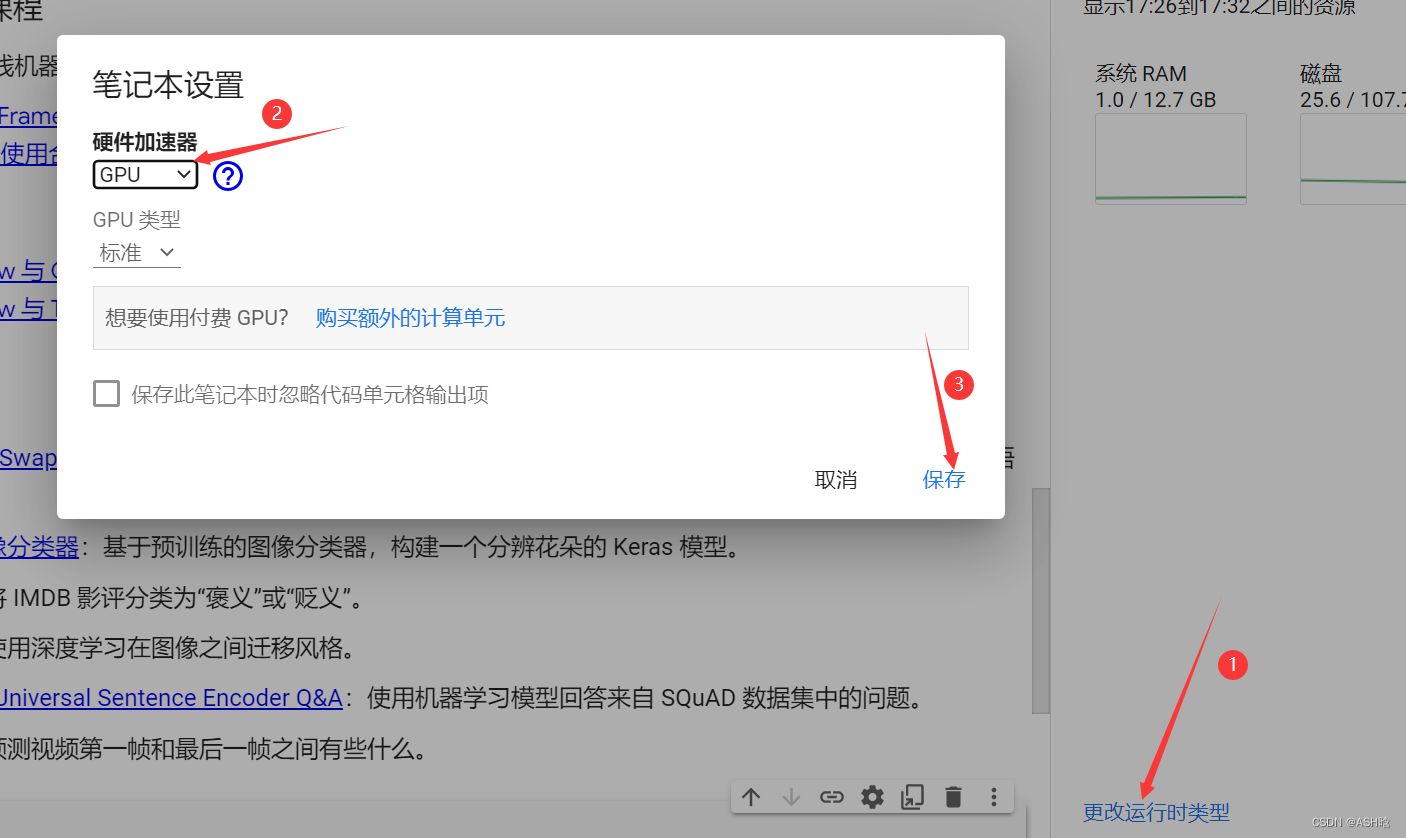来自谷歌规范。https://zh-google-styleguide.readthedocs.io/en/latest/google-python-styleguide/python_style_rules/#comments
========注释=========
1. 文档字符串是包, 模块, 类或函数里的第一个语句。这些字符串可以通过对象的__doc__成员被自动提取, 并且被pydoc所用。我们对文档字符串的惯例是使用三重双引号”“”( PEP-257 )。
首先是一行以句号, 问号或惊叹号结尾的概述(或者该文档字符串单纯只有一行).
接着是一个空行.
接着是文档字符串剩下的部分, 它应该与文档字符串的第一行的第一个引号对齐.
2. 模块:每个文件应该包含一个许可样板. 根据项目使用的许可(例如, Apache 2.0, BSD, LGPL, GPL), 选择合适的样板。
3. 函数和方法
下文所指的函数,包括函数, 方法, 以及生成器.
一个函数必须要有文档字符串, 除非它满足以下条件:
外部不可见
非常短小
简单明了
文档字符串应该包含函数做什么, 以及输入和输出的详细描述. 通常, 不应该描述”怎么做”, 除非是一些复杂的算法. 文档字符串应该提供足够的信息, 当别人编写代码调用该函数时, 他不需要看一行代码, 只要看文档字符串就可以了. 对于复杂的代码, 在代码旁边注释会比使用文档字符串更有意义.
关于函数的几个方面应该在特定的小节中进行描述记录, 这几个方面如下文所述. 每节应该以一个标题行开始. 标题行以冒号结尾. 除标题行外, 节的其他内容应被缩进2个空格.
Args:
列出每个参数的名字, 并在名字后使用一个冒号和一个空格, 分隔对该参数的描述.如果描述太长超过了单行80字符,使用2或者4个空格的悬挂缩进(与文件其他部分保持一致). 描述应该包括所需的类型和含义. 如果一个函数接受*foo(可变长度参数列表)或者**bar (任意关键字参数), 应该详细列出*foo和**bar.
Returns: (或者 Yields: 用于生成器)
描述返回值的类型和语义. 如果函数返回None, 这一部分可以省略.
Raises:
列出与接口有关的所有异常.
1 def fetch_bigtable_rows(big_table, keys, other_silly_variable=None):2 """Fetches rows from a Bigtable.3
4 Retrieves rows pertaining to the given keys from the Table instance5 represented by big_table. Silly things may happen if6 other_silly_variable is not None.7
8 Args:9 big_table: An open Bigtable Table instance.10 keys: A sequence of strings representing the key of each table row11 to fetch.12 other_silly_variable: Another optional variable, that has a much13 longer name than the other args, and which does nothing.14
15 Returns:16 A dict mapping keys to the corresponding table row data17 fetched. Each row is represented as a tuple of strings. For18 example:19
20 {'Serak': ('Rigel VII', 'Preparer'),21 'Zim': ('Irk', 'Invader'),22 'Lrrr': ('Omicron Persei 8', 'Emperor')}23
24 If a key from the keys argument is missing from the dictionary,25 then that row was not found in the table.26
27 Raises:28 IOError: An error occurred accessing the bigtable.Table object.29 """
30 pass
待续。。。
========




![[问题探讨]使用Googe Maps谷歌地图实现不带暗黑水印的地图调用](https://img-blog.csdnimg.cn/20190730171335852.jpg?x-oss-process=image/watermark,type_ZmFuZ3poZW5naGVpdGk,shadow_10,text_aHR0cHM6Ly9ibG9nLmNzZG4ubmV0L3RvbV93b25nNjY2,size_16,color_FFFFFF,t_70)
